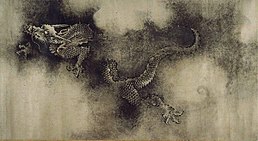Dragon brand
See Sun
or follow the white rabbit up: Easter
More brands:
Olympic
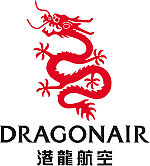
TITLE DEED
DRAGONAIR
DragonAir, China's largest and most popular airline.
http://www.dragonair.comhttp://en.wikipedia.org/wiki/Dragonair
From Wikipedia, the free encyclopedia
| Chinese dragon
|
|||||||||||||||||||
|---|---|---|---|---|---|---|---|---|---|---|---|---|---|---|---|---|---|---|---|
| Chinese name | |||||||||||||||||||
| Traditional Chinese: | 龍 | ||||||||||||||||||
| Simplified Chinese: | 龙 | ||||||||||||||||||
| Hanyu Pinyin: | lóng | ||||||||||||||||||
|
|||||||||||||||||||
| Japanese name | |||||||||||||||||||
| Hiragana: | 1. りゅう 2. たつ |
||||||||||||||||||
| Kyūjitai: | 龍 | ||||||||||||||||||
| Shinjitai: | 竜 | ||||||||||||||||||
|
|||||||||||||||||||
| Korean name | |||||||||||||||||||
| Hangul: | 룡/용 | ||||||||||||||||||
| Hanja: | 龍 | ||||||||||||||||||
|
|||||||||||||||||||
| Vietnamese name | |||||||||||||||||||
| Quốc ngữ: | rồng, long | ||||||||||||||||||
| Hán tự: | 龍 | ||||||||||||||||||
The Chinese dragon or Oriental dragon,or Loong is a mythical creature in East Asian culture with a Chinese origin. It is visualized these days as a long, scaled, snake-like creature with four legs and five claws on each (though it did not always have five claws). In contrast to the European dragon which stands on four legs and which is usually portrayed as evil, the Chinese dragon has long been a potent symbol of auspicious power in Chinese folklore and art. The Chinese dragon is traditionally also the embodiment of the concept of yang (male) and associated with the weather as the bringer of rain and water in an agriculturally water-driven nation. Its female counterpart is the Fenghuang (usually translated as a phoenix).
The dragon is sometimes used in the West as a national emblem of China. However, this usage within both the People's Republic of China and the Republic of China on Taiwan as the symbol of nation is not common. Instead, it's generally used as the symbol of culture.
Historically, the dragon was the symbol of the Emperor of China. In the Zhou Dynasty, the 5-clawed dragon was assigned to the Son of Heaven, the 4-clawed dragon to the Zhuhou (seigneur), and the 3-clawed dragon to the Daifu. In the Qing Dynasty, the 5-clawed dragon was assigned to represent the Emperor while the 4-clawed and 3-clawed dragons were assigned to the commoners. The dragon in the Qing Dynasty appeared on national flags.[1]

The Shaolin Monastery or Shaolin Temple (Chinese: 少林寺; pinyin: Shàolínsì), is a Chán Buddhist temple at Song Shan near Zhengzhou City Henan Province in Dengfeng, China. It is led by abbot Venerable abbot Shi Yǒngxìn. Founded in the 5th century, the monastery is long famous for its association with Chinese martial arts and particularly with Shaolin Kung Fu, and it is the Mahayana Buddhist monastery perhaps best known to the Western world
China Daily
www.youtube.com/watch?v=bYiMmMpfoMk
Shaolin Monks Martial Arts Video
www.youtube.com/watch?v=CUXB38ShMdw&feature=related
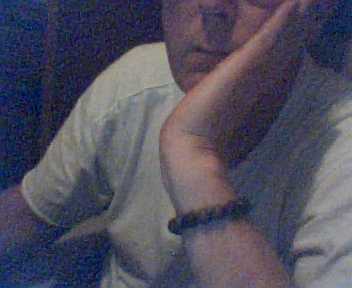
Graduates wear the Shaolin arm band made from Rosewood, containing 17 beads for which 16 monks each contribute one bead from their own band.

This is the name SUN as it is written in Mandarin, the legal language of China, on the Emperor's Robe.
Sun is a legal entity whose full name is Sun Corp. or Chinese Army Corp. or corporation or incorporated society.
Sun is wholly owned by Dragon, the five toed Imperial Chinese Dragon, or Emperor of China, also called Dragon Brand.
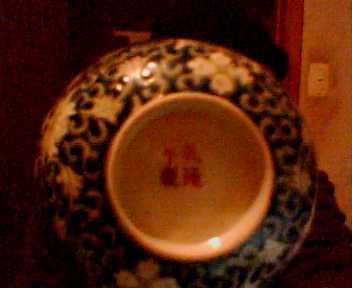
A genuine signed Ming Dynasty bowl
Noh Mad
Ki-ng D.O.M.
:Genghis Khan- 'Ruler of the Universe').
D.O.M. refers to Benedictine, also the sound of a bell.
The pre-Qin monarchs were called Wang (王), roughly translated as King. In 221 BCE, after the then King of Qin completed the conquest of the various kingdoms of the Warring States, he adopted a new title to reflect his prestige as a ruler greater than the kings before him. He created the new title Huangdi or "Emperor", and styled himself Shi Huangdi, the First Emperor. Before this, Huang (皇) and Di (帝) were the titles of several pre-historical leaders.
Chinese political theory does not totally discourage or prevent the rule of non-royals or foreigners under the title of the "Emperor of China". Historically, China has been divided, numerous times, into smaller kingdoms under separate rulers or warlords. The Emperor in most cases was the ruler of a united China, or must at least have claimed legitimate rule over all of China if he did not have de facto control. There have been a number of instances where there has been more than one "Emperor of All China" simultaneously in Chinese history. For example, various Ming Dynasty princes continued to claim the title after the founding of the Qing Dynasty (1644-1911), and Wu Sangui claimed the title during the Kangxi Emperor's reign. In dynasties founded by foreign conquering tribes that eventually became immersed in Chinese culture, politics, and society, the rulers would also take on the title of Emperor of China in addition to whatever titles they may have had from their original homeland. The most prominent example is Kublai Khan, who was also proclaimed the title of Khagan of the Mongols apart from the Emperor of China.
Today, the Emperor of Japan is the only remaining monarch in the world who still has the title of Emperor.
TITLE DEED
D. O. M. Benedictine
Benedictine, or D.O.M. as it is commonly referred as, is believed to be one of the oldest and most famous of today's liqueurs.
At the Benedictine abbey at FÈcamp in France, some time around 1510, there happened to be a Venetian monk knowledgeable in spices, up-to-date on Dutch distillation methods and as it turned out, capable of transforming the traditional bitter medicines of the abbey into a delicious 'Elixir of Health' that has stood the test of time and come down to us as Benedictine.
Benedictine was officially extinct until the 1860's, when it was resurrected by Philippe La Grande. On finding the recipe among a bundle of yellowing papers, he was inspired to build an extraordinary new distillery in the high Gothic style at FeCamp. Today the family-owned corporation still produces Benedictine. Although no longer connected with the Monks, nevertheless, to recognize its past connection with the abbey every bottle is marked with 'D.O.M. - Deo Optimo Maximo' (Praise be to God, Most Good, Most Great). D.O.M. Benedictine is a bright yellow/gold color with a sweet aromatic taste. Its color and strong alcoholic content is the result of a long aging process. Benedictine is three years in the making and must be aged for a further four years.Rock / Pop / Classic Rock

|
New South Wales Australia http://www.myspace.com /bestofdragon |
| Death Metal / Black Metal / Metal | |||
| |||

TITLE DEED
DRAGON Naturally Speaking Software
http://www.nuance.com/naturallyspeaking/
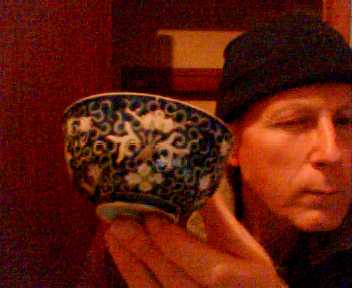
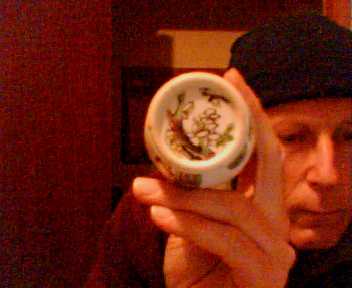
A signed Japanese vase showing the name of the Deity (God) in female form, enlightening man about the name of God;
Harmony Justice and Tranquility.
This one is signed and stands on a wooden base.
A date or ginger jar,
and a large jar showing several chinese warriors.
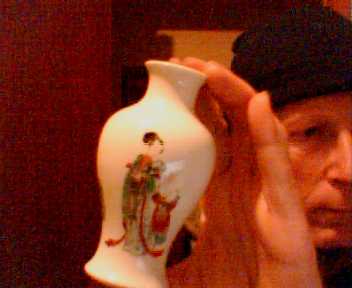
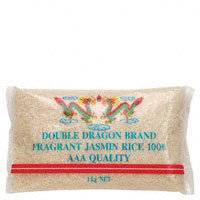
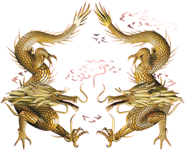
TITLE DEED
Dragon Fireworks
Fireworks were originally invented in ancient China in the 12th century to scare away evil spirits, as a natural extension of the Chinese invention of gunpowder. Such important events and festivities as Chinese New Year and the Mid-Autumn Moon Festival were and still are times when fireworks are guaranteed sights. China is the largest manufacturer and exporter of fireworks in the world.
www.china-liuyang-fireworks.com/
http://www.dragonfireworks.com/
www.alibaba.com/showroom/Dragon_fireworks.html
www.fireworks.com/fireworks_gallery/review.asp?pid=88 (Phantom)
www.universalfireworks.co.uk/
www.galaxyfireworks.com/
